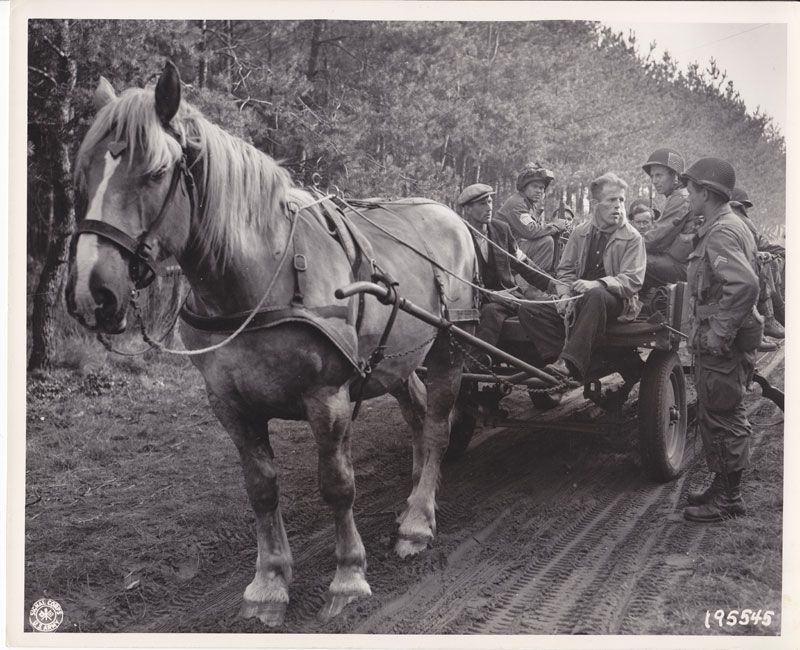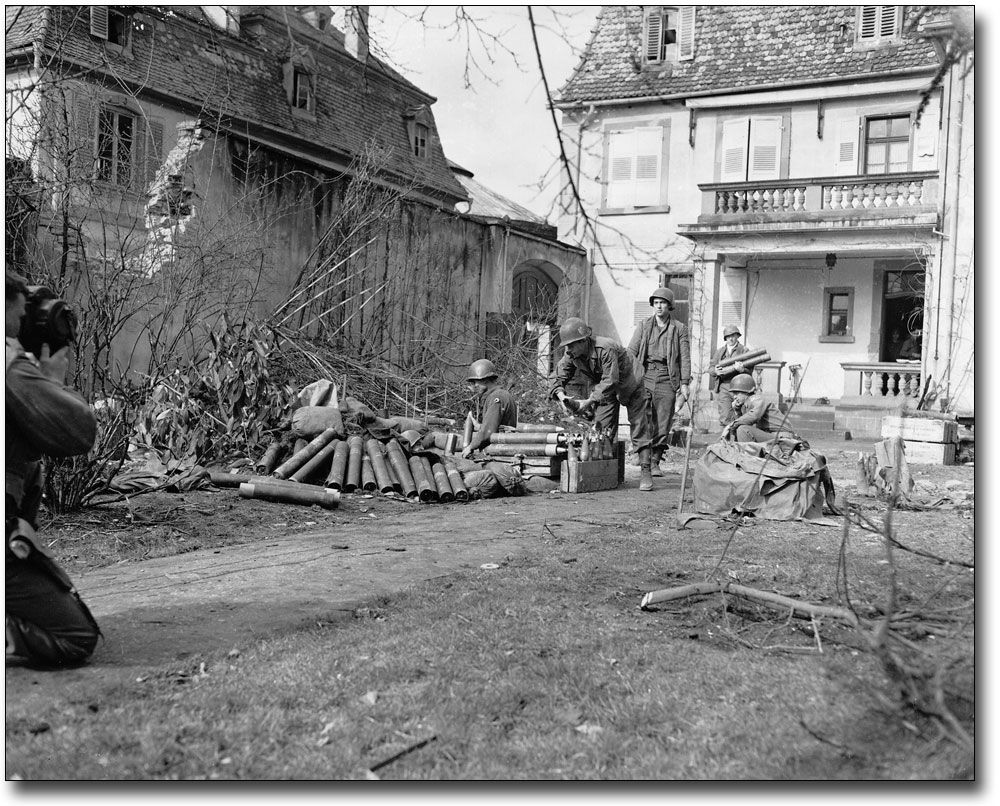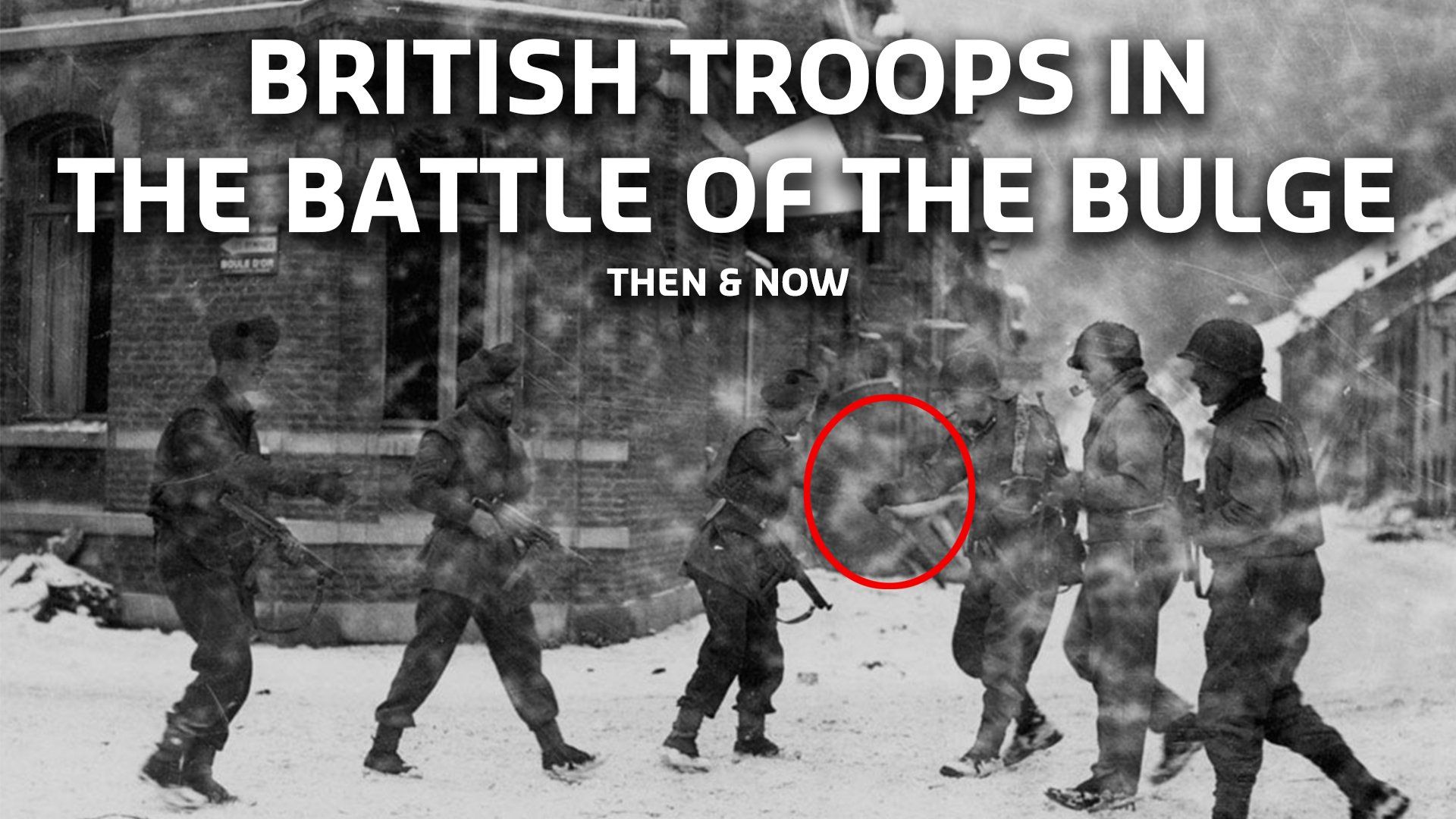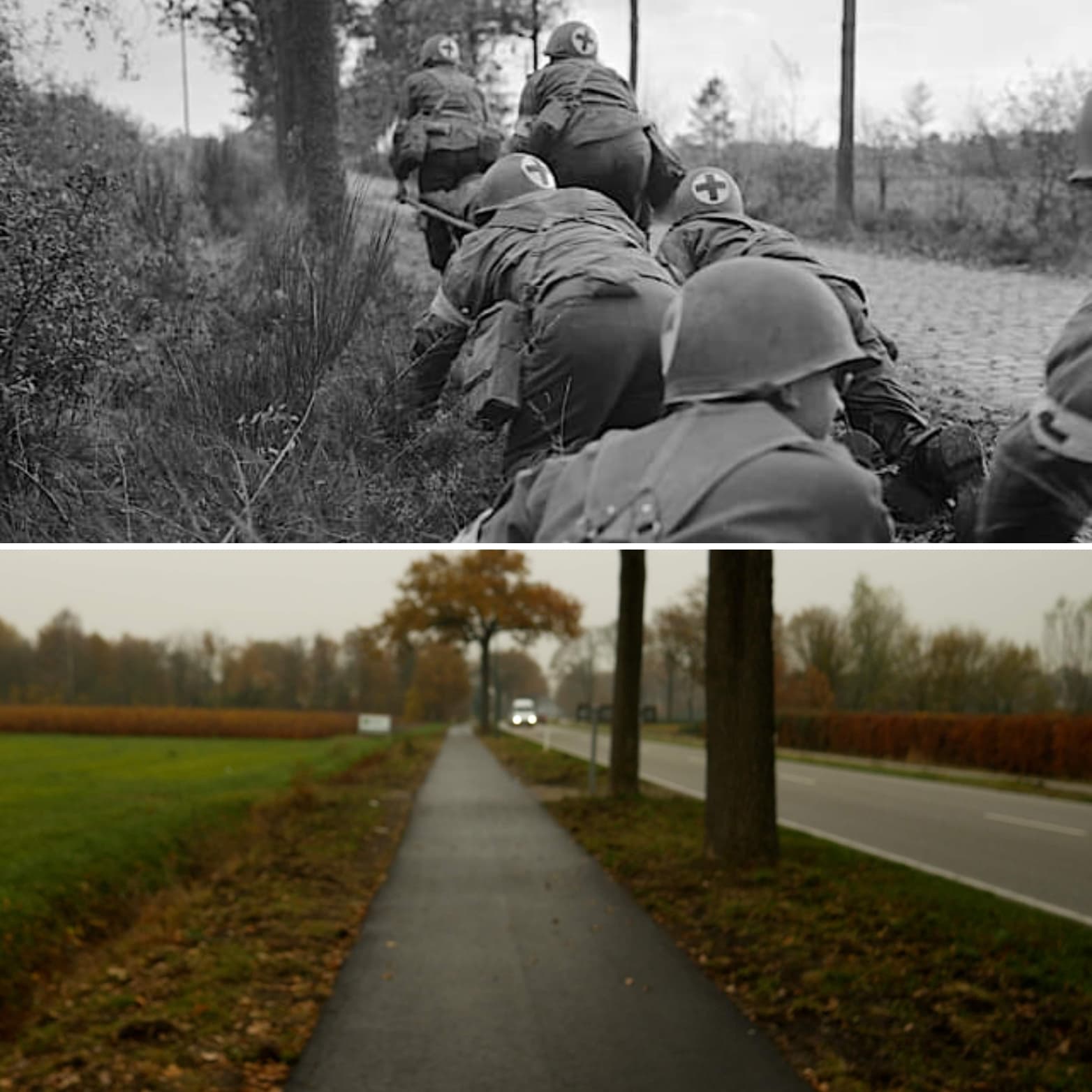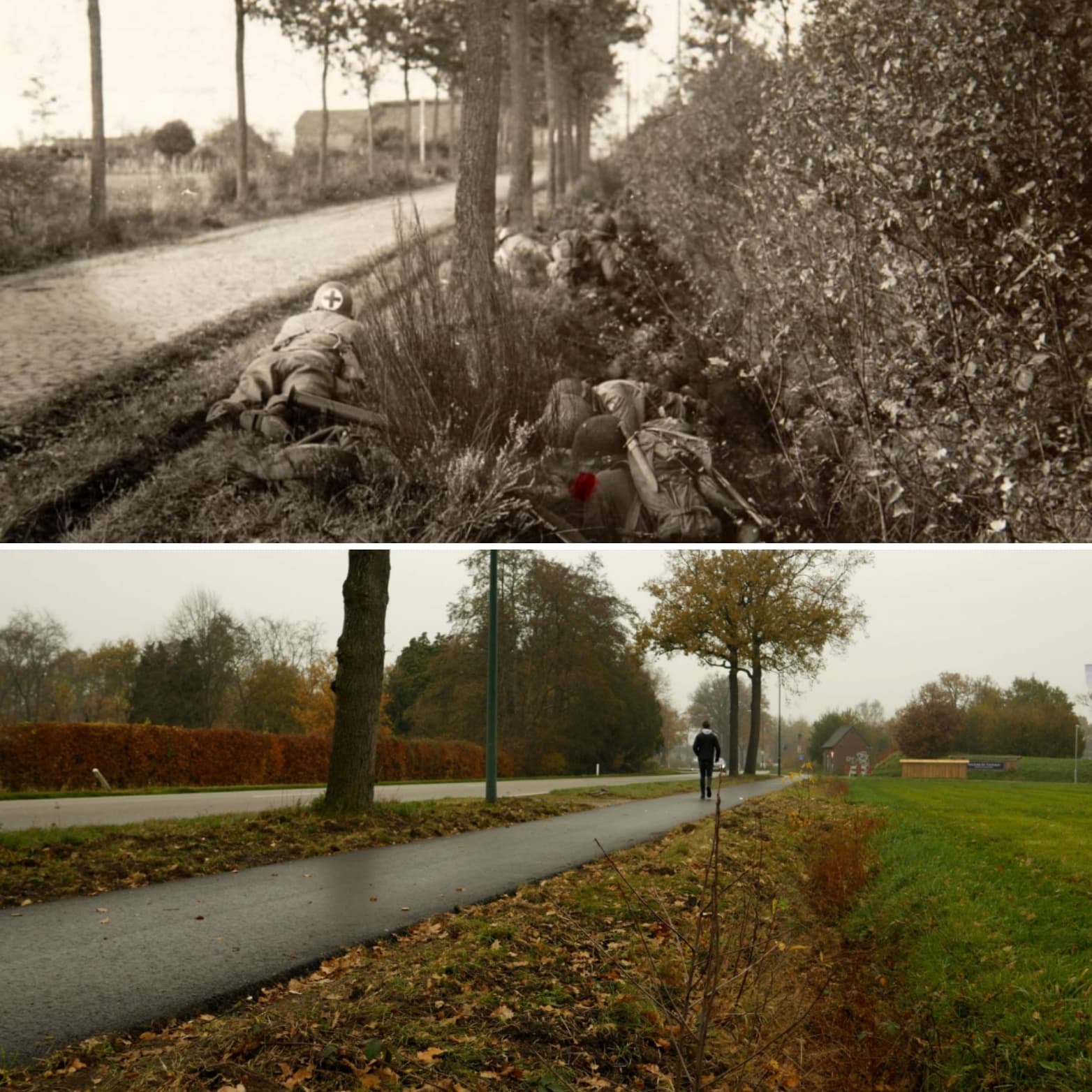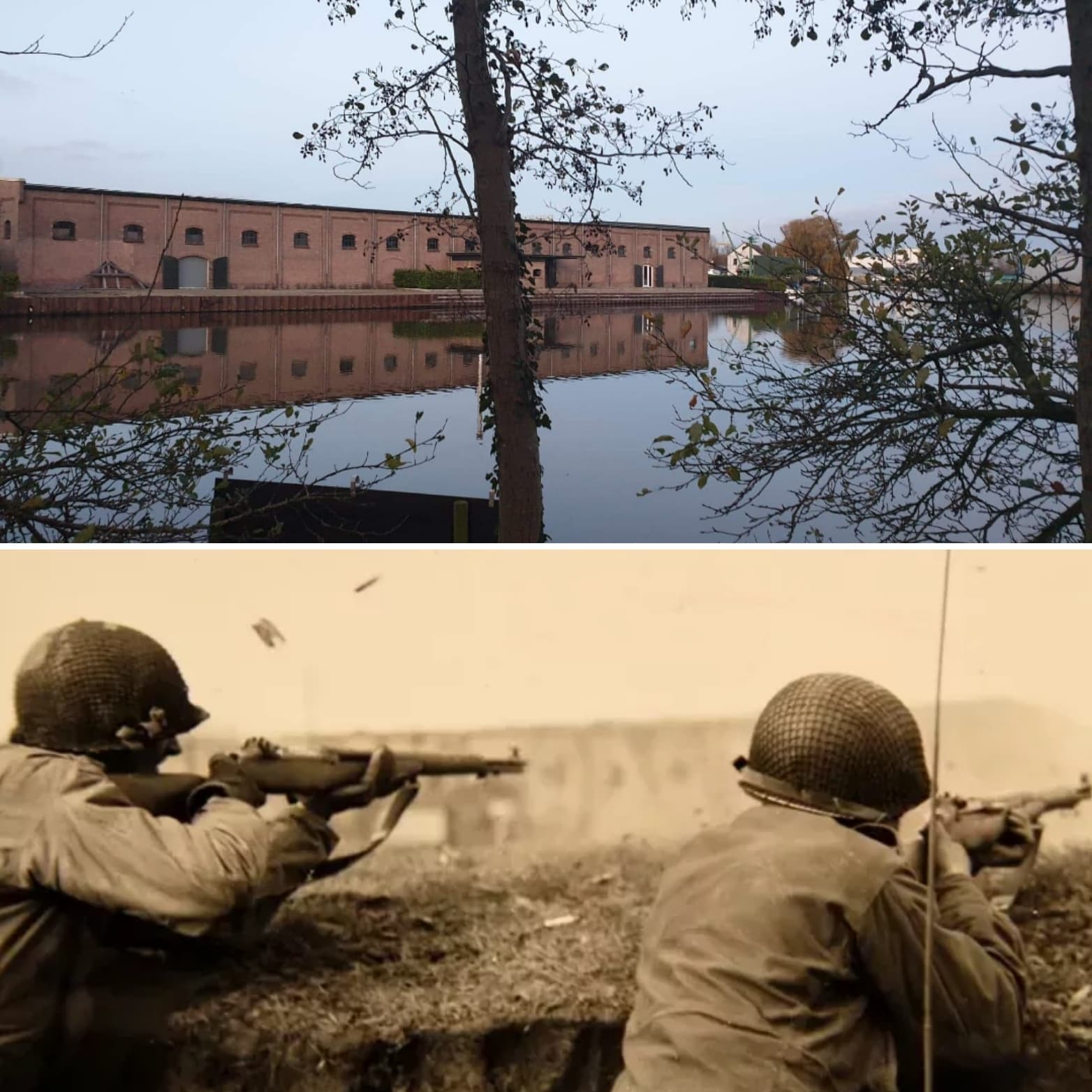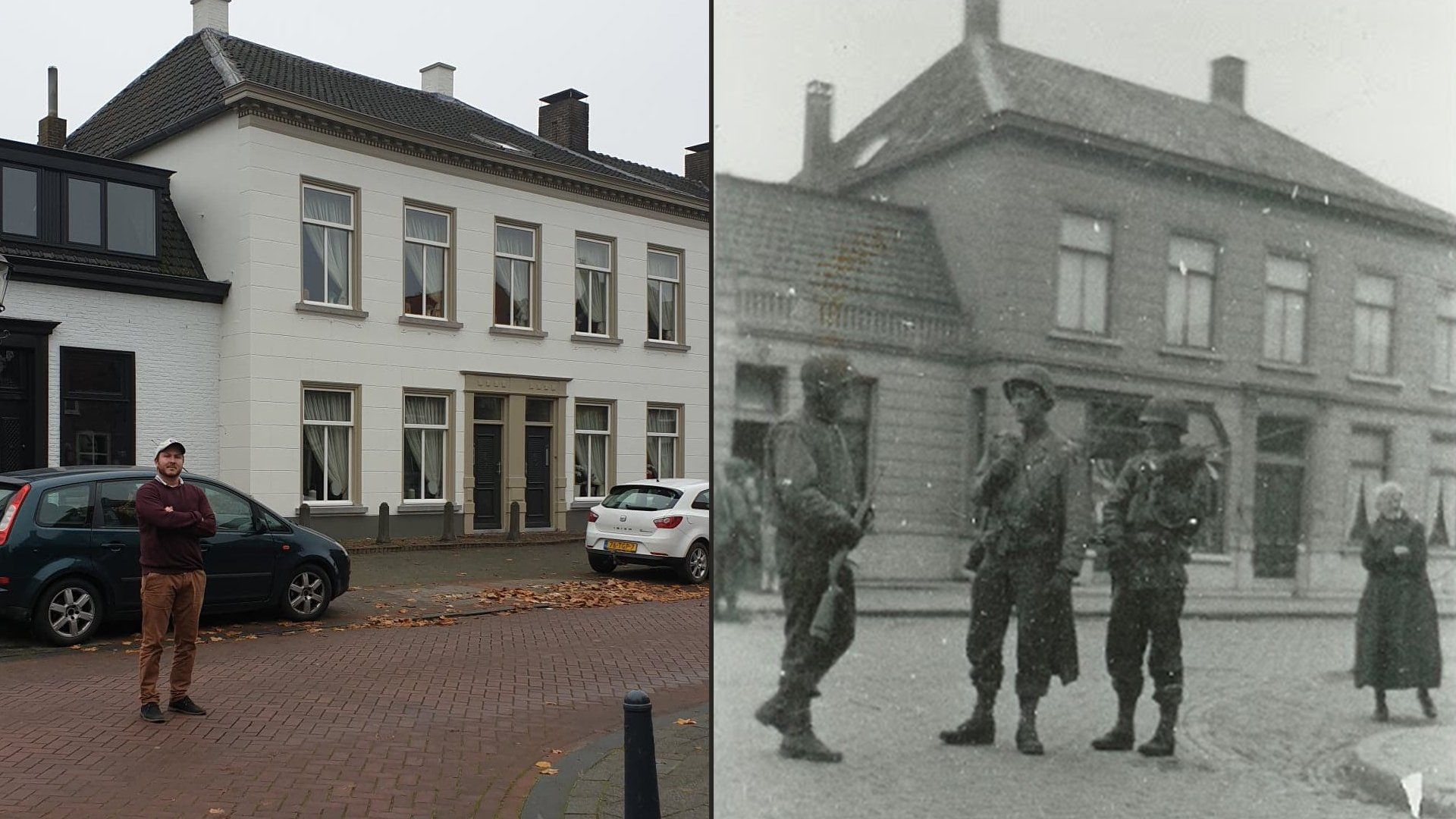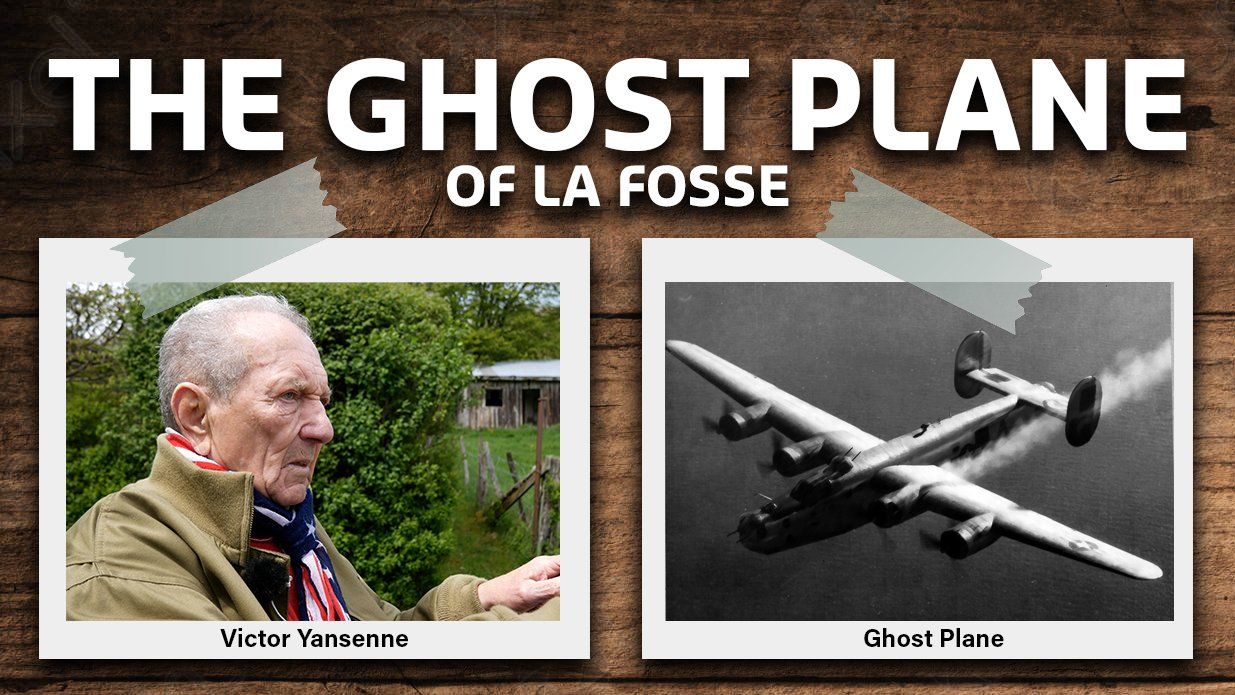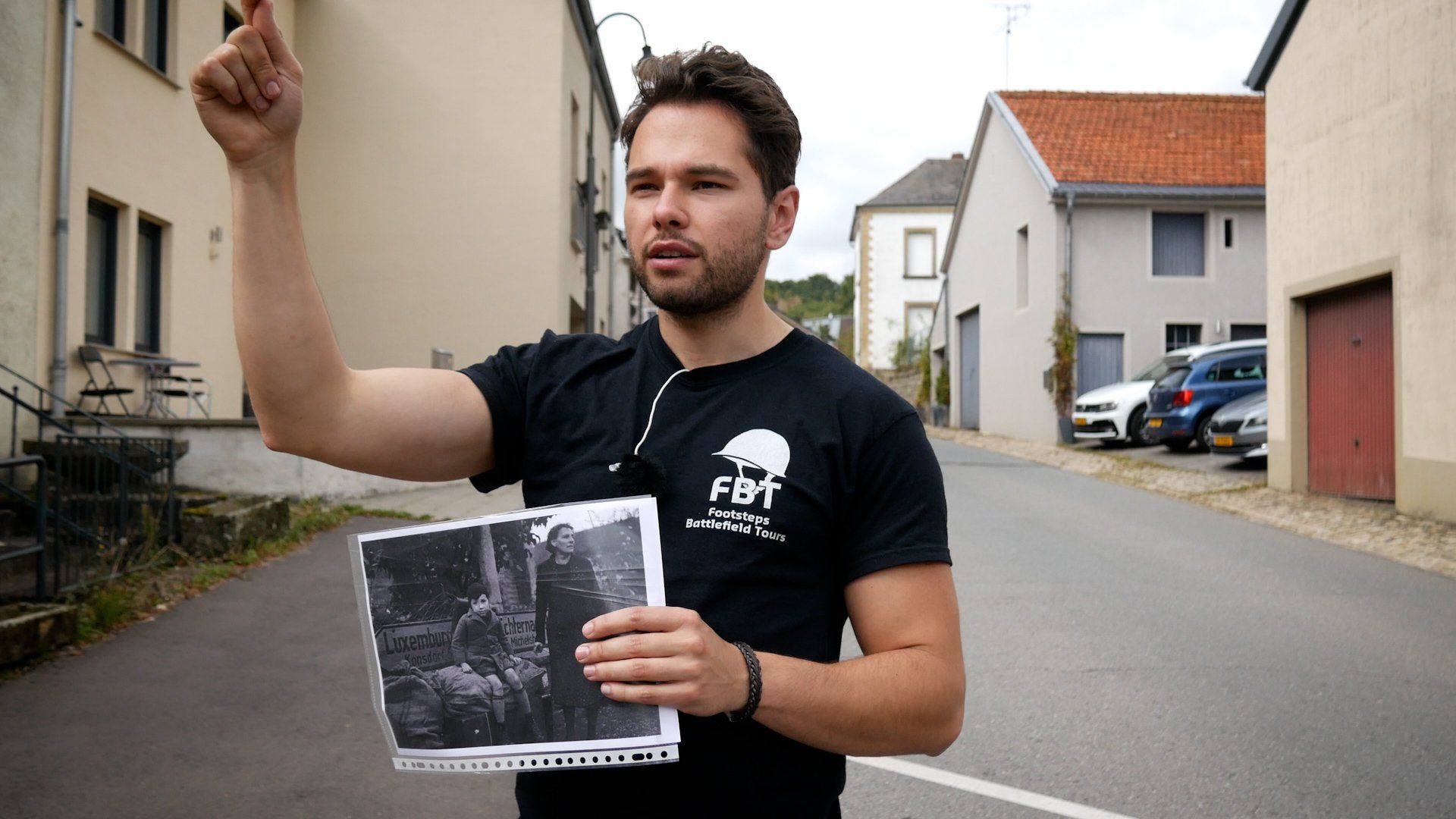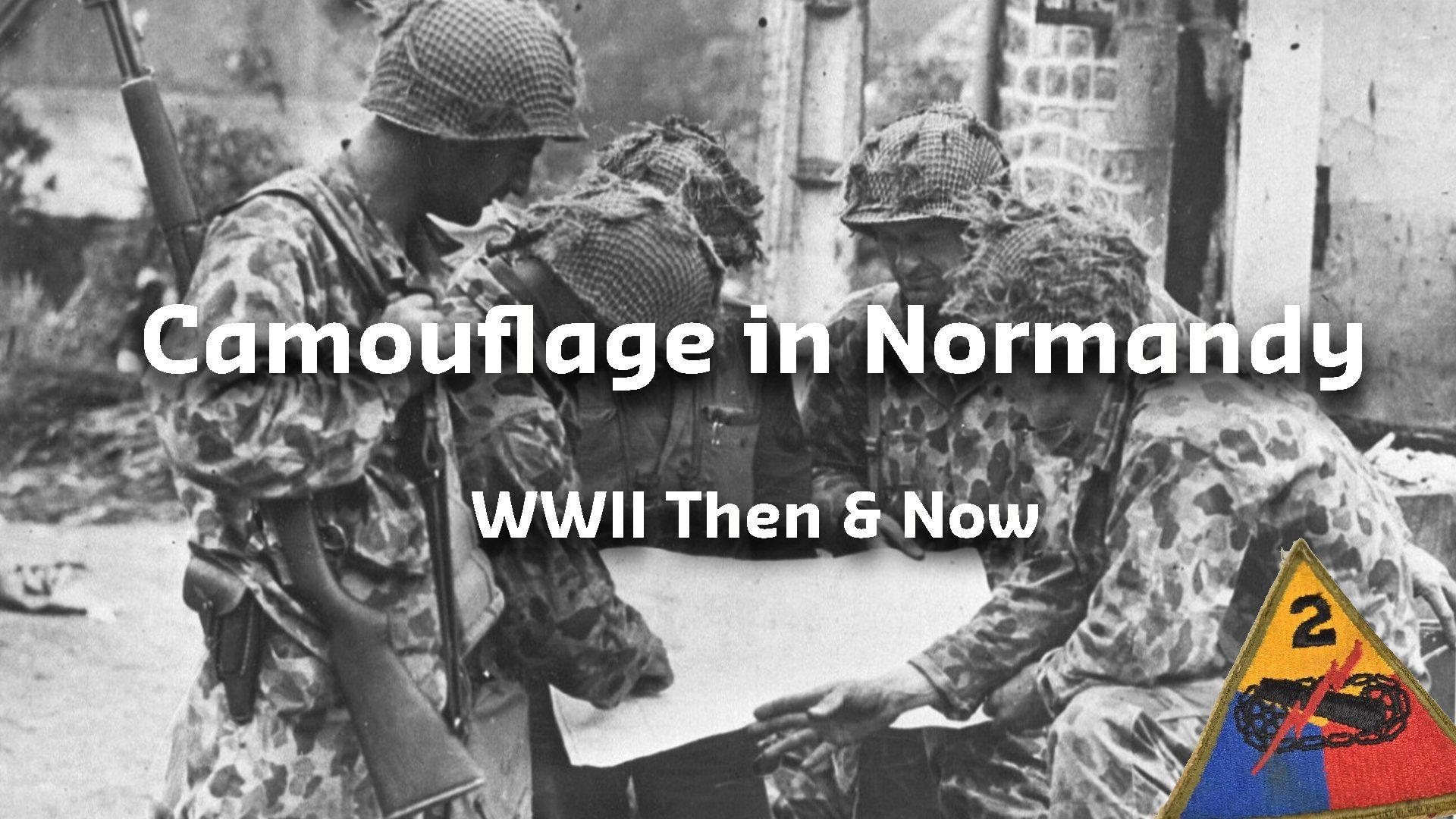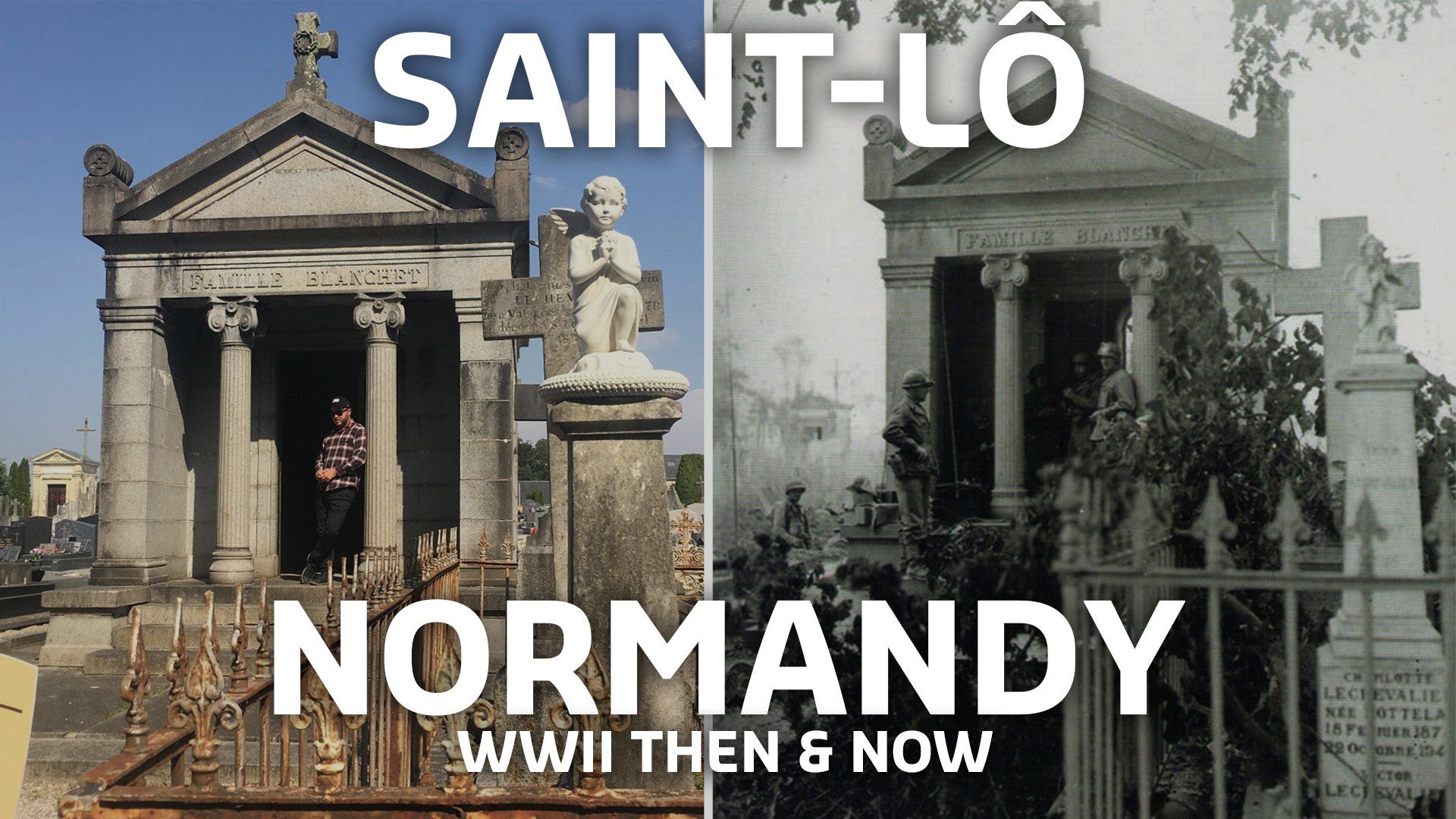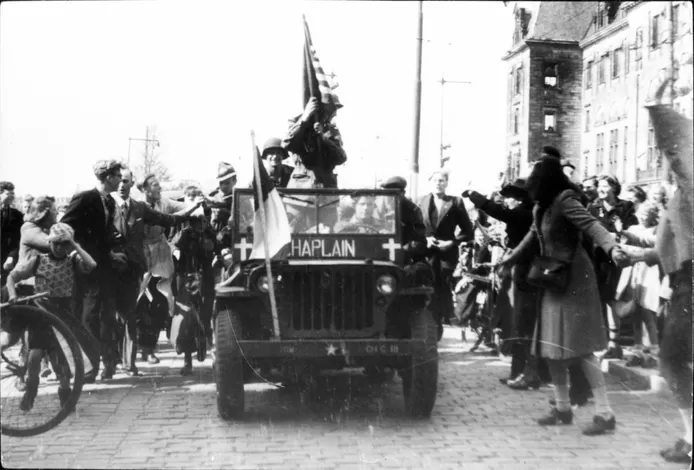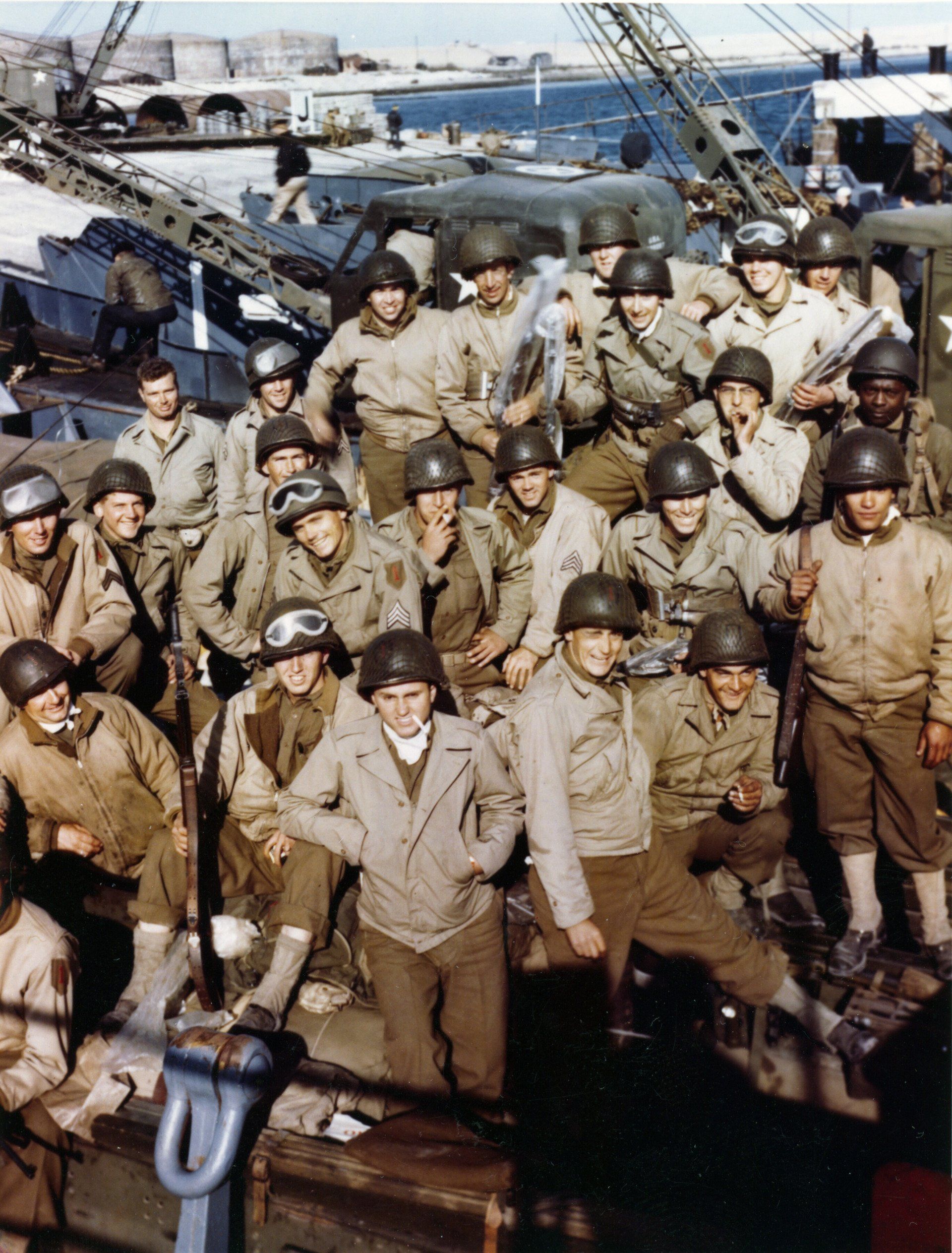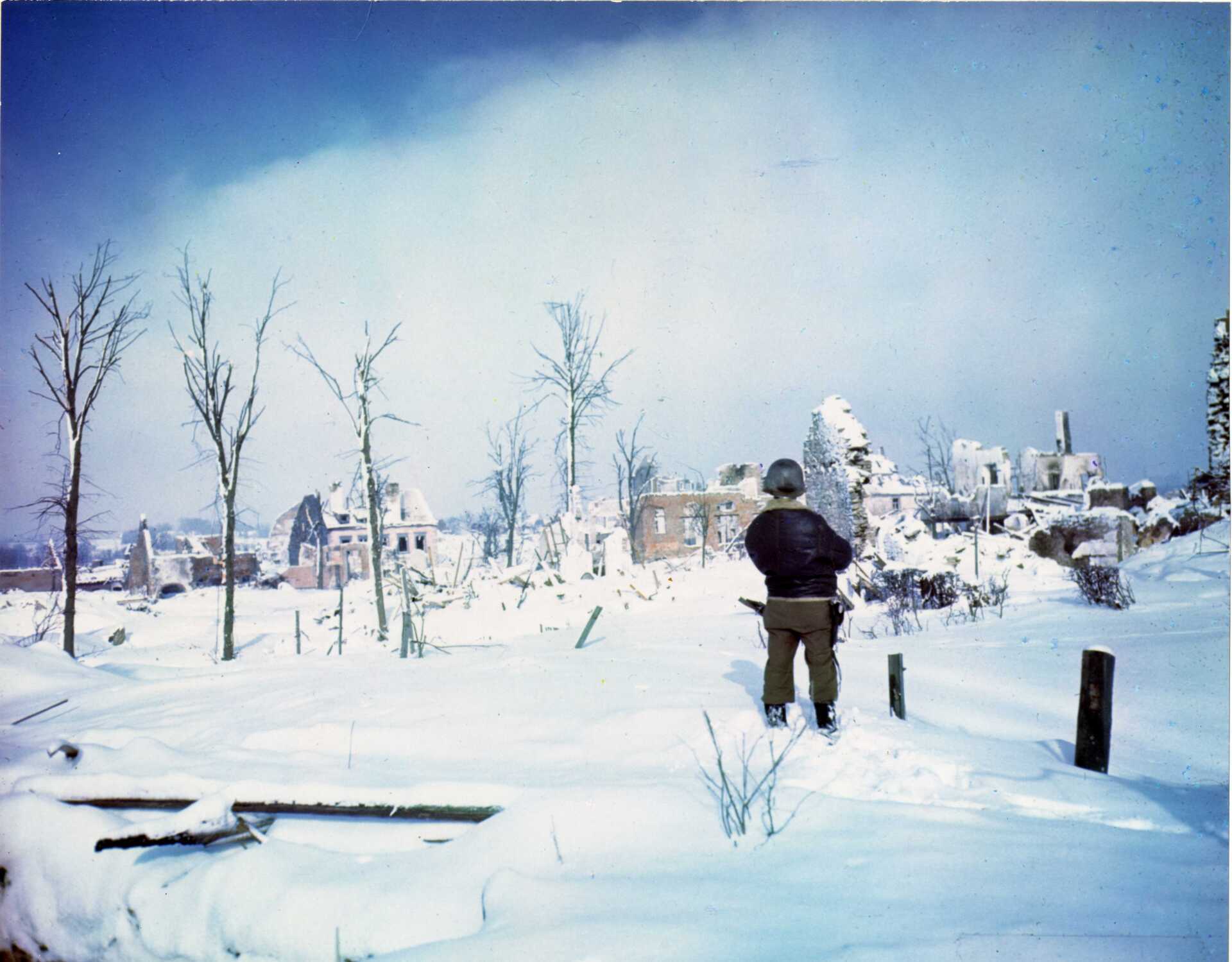WWII Then & Now: The Forgotten Americans in The Liberation of the Netherlands
The 104th Infantry Division 'Timberwolves'
The US 104th Infantry Division, known as the Timberwolves, is one of the most unknown US units that took part in the liberation of The Netherlands. In this episode, WWII researchers & battlefield consultants Joey van Meesen and Florent Plana will walk in their footsteps and discover their courageous and heroic stories.
Market Garden Failed
After the breakout of Normandy in August 1944, it took the allies less than a month to reach the borders of Germany and The Netherlands. On September 17, 1944, Operation Market Garden took place which was planned in order to bypass the German West Wall Defensive line, and encircle the German industrial hearth in the Ruhr area. Up to that point it was the largest airborne operation in World War II. However, the operation failed and the hope to end the war before Christmas was over. All this time access to the Belgian port of Antwerp had not been secured and so the allied armies planned a series of operations to make this happen. This series of operations is also known as the Battle for the Scheldt and started on October 2nd , 1944
The Scheldt
In order to support the ongoing battle for the Scheldt, the allies launched Operation Pheasant to clear the German troops from the Province of North Brabant in The Netherlands. The majority of Operation Pheasant was conducted by British, Canadian and Polish troops, but there was one American unit that took part in it as well. That unit was the US 104th Infantry Division nicknamed Timberwolves.
104th Infantry Division Then & Now in Holland 1944:
